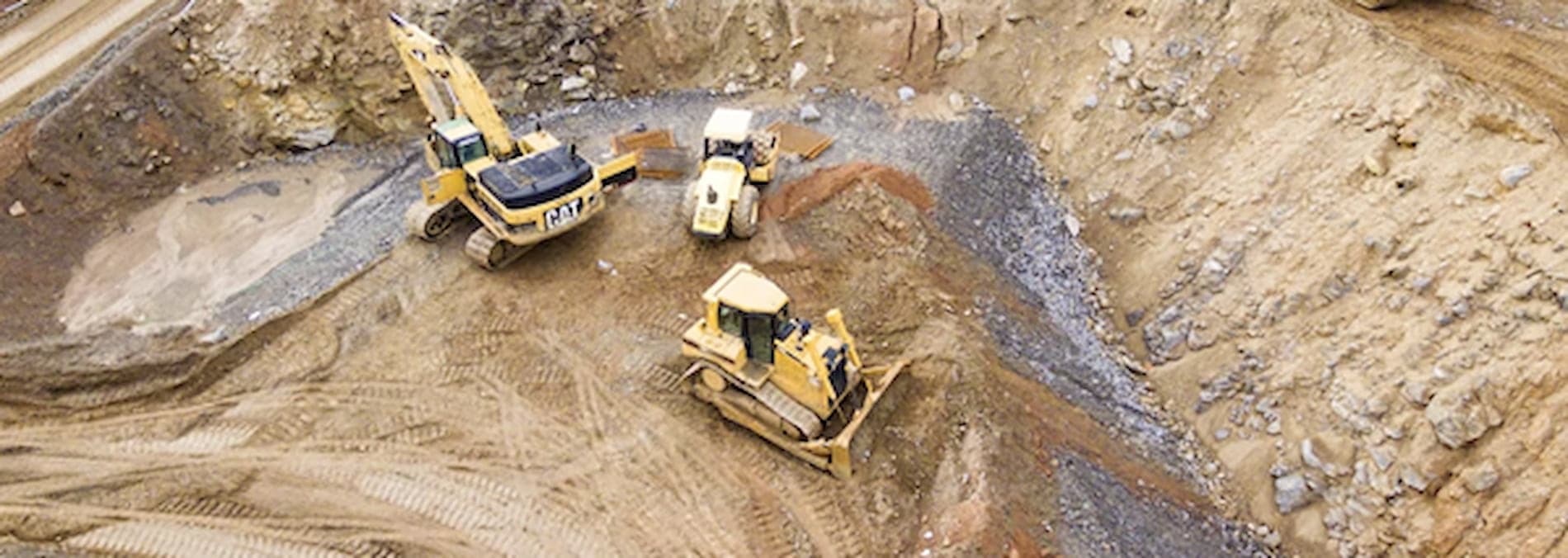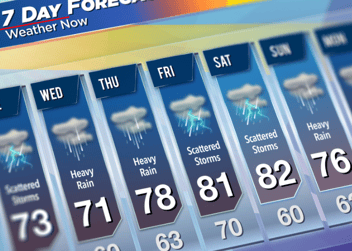The construction sector has had to contend with weather since the very first construction project was built. Thousands of years ago extreme weather conditions were probably viewed as some wrathful god getting revenge for something humanity did. We didn’t know any better.
As the enlightenment and scientific revolution took over, we’ve gained the knowledge to construct and build ever more impressive structures. Nowadays we have power that our ancestors would probably have viewed as something close to God-like.
This ingenuity has led to increasing complexity, which has led to increasing specialisation from our contractors in the civil engineering space. According to a Department for Business Innovation & Skills report from 2013 on the construction supply chain somewhere between 50-75% of the total value of a construction project is built by Tier 2 and Tier 3 contractors.
This makes coordination particularly important, but it also forces margins down as each player takes their cut. The result is an increasingly complex industry which has less and less spare revenue to push into innovation that would radically improve productivity or reduce risk exposure.
This decoupling in the construction sector of our ambitions on projects from our capabilities needs to stop. We all know that the digital transformation in construction is long overdue and will result in huge gains as it occurs. In this article I’m here to talk about the age-old foe of construction professionals everywhere, weather. I want to highlight how science and innovation can be brought in to radically improve how we bid, plan, build, report and insure our projects.
What is the status quo of weather risk management today?
Construction companies in more recent years have had access to some data to inform them of likely downtime. In the UK this will come in the form of a Met Office pdf as seen below. This is a much better solution than no data. It helps you see which months are worse than others on average and you can make a mental note to build your programme with this data in mind.
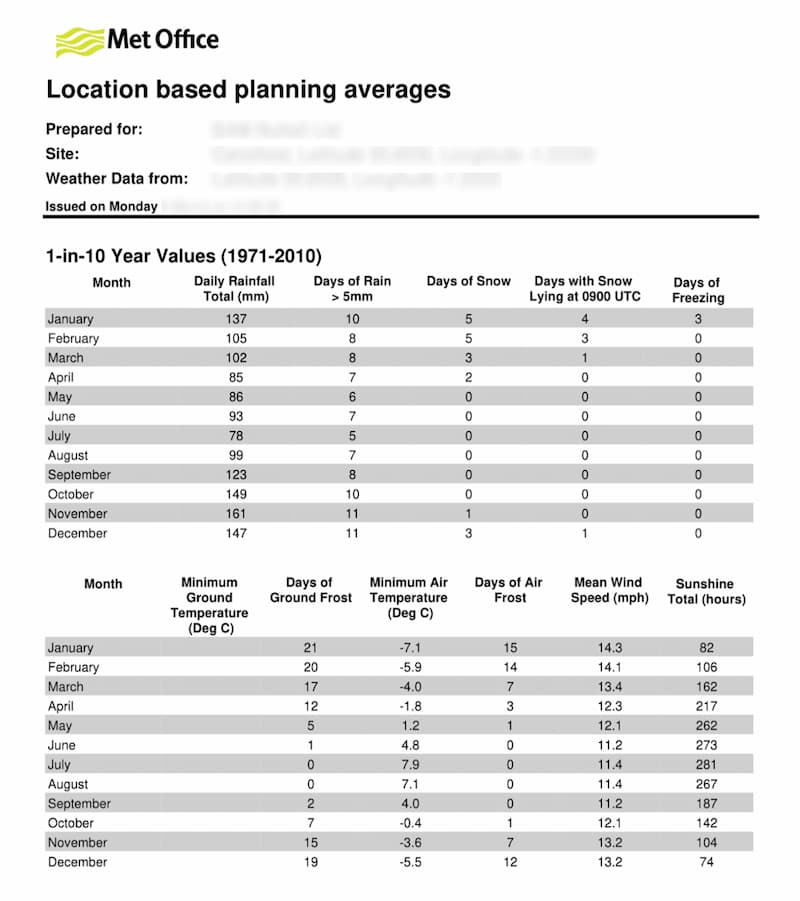
This isn't really a science-based approach though. The data from the Met Office is derived from historical averages, the years 1971-2010, but it’s not very granular and its incredibly high level. Given that the planner then has to integrate this data into their plan in whatever way they see fit it's still more of an art.
It’s like giving the artist some indication on the subject matter, but still letting them draw freehand. Not a risk you want when building a multibillion-pound civil engineering project.
This gut feel approach is the absolute norm across the industry. It uses common sense and some data. We should not forget that this gut feel approach has to some extent worked. It’s likely helped avoid many bad outcomes, but it’s let the majority slip through and is very far from the optimal risk management solution.
The other status quo tool in use is the BBC weather app, or similar.
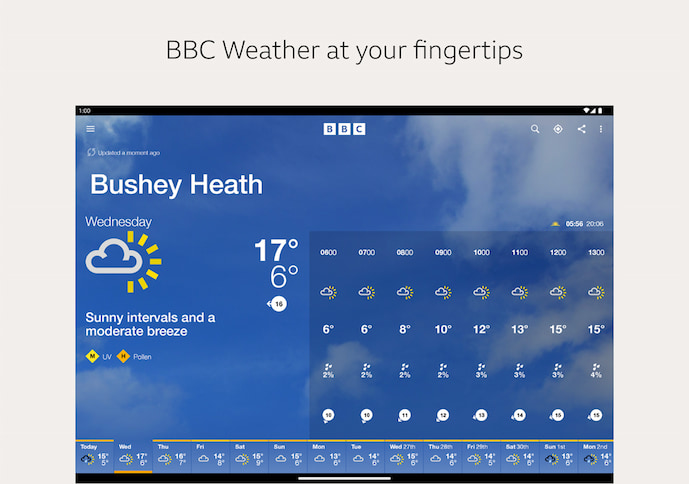
This again gives you some useful but generic information. Having access to your smartphone on site and being able to see this data is a huge plus, don't get me wrong. It is not however the best-in-class approach to the problems being faced on site.
Hyperlocal data
Distance equals margin for error. The further you are from a source of data the less this data is relevant and accurate to where you are actually based. This distance is not uniform either. If the area is mountainous or hilly the weather can do radically different things even a few kilometres apart.
Making use of datasets that approximate weather to a certain granularity and to a specific location is more reliable than using weather stations recording data miles away. These approximations rely on large amounts of data from weather stations and huge amounts of computing power to effectively model weather in the gaps left by a lack of recording stations.
The EHAB platform delivers on a granularity of 4x4km to offer historical, forecast and real time data to its users. The best and most accurate available. This granularity is the first step to a truly scientific approach to managing weather risk in construction.
Climate aligned data
Historical data is often used to help contractors understand the weather in a given location. An average of the last 30 years of data will give a fixed number that will likely bring error into the equation. Especially if using data that does not include the most recent years (as we saw the Met Office doing above). It’s too simplistic of a method to really provide an understanding of what the weather will be next year or in 5 years. This margin for error can often be compounded with the problem of distance too.
Climate change is notoriously hard to predict but there are several commonly accepted models that can be used to look at different future scenarios. Weaving these models into forward looking analysis can unlock insights into what the future could hold for construction projects.
You can also look at local trends and use advanced statistical techniques to identify a short-term trend for the next few years. All of this is not only possible, but essential to make the best use of historical data to inform your operations. You cannot predict the weather months or years in advance, but you can forecast the likelihood of risk and impact.
Integrating with the plan
It's all very well having all this data, but if you are simply looking at it and then using it to put into your plan by hand then you aren’t really leveraging the data in the best way. It’s analogous to getting a Ferrari and driving it at 30mph the whole time. These days construction plans are intricate and contain overlapping resources and dependencies. It requires a more careful integration than something one can do by themselves.
A scientific approach sees a plan being sliced, behind the scenes, into a collection of thresholds at which weather can become an issue. By doing this we can see all the various ways in which weather can impact the plan, then these thresholds can have simulations run on them. It's critical that the activities and data are directly aligned as the delays that are being simulated could have knock-on effects on every other item if tied together with dependencies.
Integration and interoperability are hugely important in construction, given there are so many data silos already which can offer challenges to even the best run projects. Having a tool that consumes data and can push data back is an absolute must for integrating the weather impact results back into the normal flow of construction operations.
Crowdsourcing risk
The thresholds at which weather impacts a task can always be debated. It's critical to continually update and gather data on this. In some cases, there are health and safety issues that should be followed to the letter, or specifications for a product that are aligned with the integrity of the item, plant or material These are strict lines that should not be crossed.
Other activities might be able to continue in poor weather but with reduced capacity. These are productivity thresholds where the impact becomes greater as, for example, the temperature falls or rises. These are not static lines but sliding scales.
There are other thresholds where other factors will play a part, and so it could be a band, between 12 & 15 m/s of wind speed for example and depending on the site they will have to make a call to stop working when they deem it to be no longer be feasible or safe.
Given the complexity here it is important to get expert opinion on these effects, as this will improve the overall risk management solution. In this case the best expert is the crowd. The mass of workers, planners and managers who face these impacts every day and can help us understand the true impacts that are faced on sites.
The EHAB platform passively and actively seeks to gather feedback from users that can help inform the model and improve its performance and outputs. Risk management solutions that learn, that’s the cutting edge of science today.
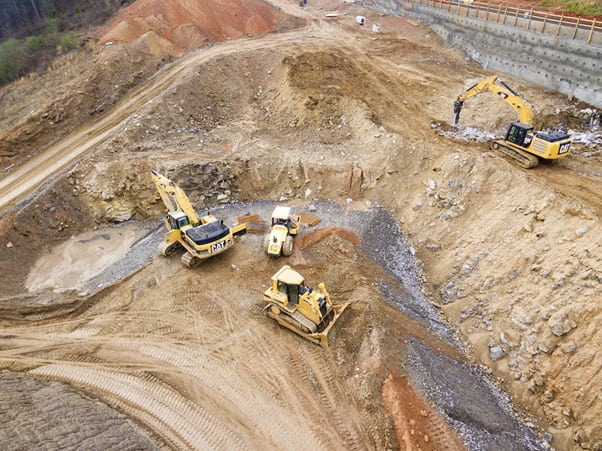
(unsplash)
Training the model - historical assessments and examining the data
Impact data is so important in influencing the success of the risk management solution that a scientific approach should include a number of ways to clean and improve the data. Looking at past projects can be a data driven way to explore impacts that might not be detected by humans. Comparing as planned and as built programmes and aligning this with historical weather data is a great way to spot the patterns that could illuminate impacts. Patterns that can remain hidden without advanced statistical analysis techniques.
The wider the number of use cases used in the analysis the better the model will be, and this is why EHAB is keen to partner with the best contractor and clients, those who want to learn from their data and find deeper meanings that can improve the bottom line of their businesses.
Aggregating your risk - how has it been quantified
Identifying and solving risk at project level is what we have examined so far, and this is a science in itself. Most companies though are doing more than one project at a time. They are exposed to all sorts of perils in different geographies and through different activities in their construction projects.
Combining all these risks and providing an overall risk output can help steer the business in a number of ways. Which activities are most risks really coming from and should we be taking more precautions to reduce that risk? Are there certain geographies or project types that are likely to threaten our bottom line? Interrogating the data and pulling insights from it is exactly the kind of smart thinking that modern contractors faced with growing weather risk can do with science and data driven approach. It requires a climate aware attitude and tools to be deployed on every project, as every project is likely to be at risk in some way.
Automating your contracts
Contracts in the construction sector can often be a contentious affair. They are ultimately there to manage the balance of risk and ensure the project's success, they are supposed to be part of the weather risk management toolkit. In many cases their administration, especially certain clauses, can be burdensome and this can definitely be said about the weather clause. In theory the clause should incentivise parties to manage the risk efficiently and have clear rules as to when to turn to the contract.
In practice there are large loopholes that can be exploited, and this can lead to wasted time and effort.
Creating clear rules and automating how those rules are operated can turn this from a point scoring game between clients and contractors to something more akin to a balanced risk sharing arrangement, as is intended. Smart contracts are a new emerging technology that can hand over legal authority to computer code.
The benefit of this is that the rules that were agreed at the beginning are clear to all parties and the code will execute those rules exactly as it has been agreed.
Disputes and disagreements could melt away, time wasted discussing compensation events could be turned into a simple check of a dashboard to see the outcome. Money and time extensions and payments would flow exactly as predicted, leaving zero uncertainty around the weather.
Capping your risk
Weather is a chaotic system, and even the very best risk managers will not be able to reduce the likelihood of impact on your construction projects to zero. If you have managed to successfully reduce most of your common risk however, there are options to transfer away any other residual weather risks from your business that you deem to be unacceptable.
You can structure a parametric policy that covers the gaps that are left. If you have identified that a large portion of the critical path activities this coming winter are wind sensitive, then you would structure a policy that paid out for every day more than planned where 5 or more hours above 18m/s were detected within a geographic area. This could protect your profit or help pay for mitigation measures.
With the data and models from previous paragraphs creating a bespoke and very clear policies that plug gaps in your plan, or contract can be created with ease. This expediting expense can remove the potential for profit shattering losses to be removed from your balance sheet.
What's the outcome of all this science?
Science brings certainty to construction work. Weather is an unpredictable beast, but with a combination of data and other smart technologies its impacts can be reframed into known quantities, managed more effectively and transferred to get the risk to your balance sheet as close to zero as it's possible to get. The civil engineering and construction industry need this improved certainty if they are to face the challenge of climate change.
Interested in getting a science base approach to weather and climate risk?
Then contact EHAB here for an initial consultation.
